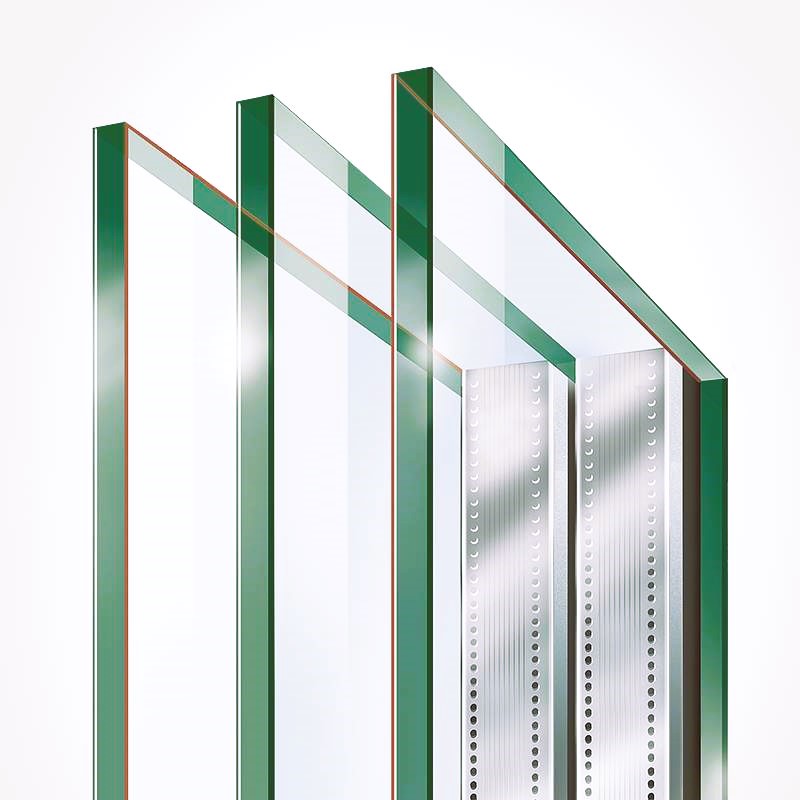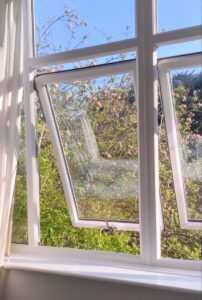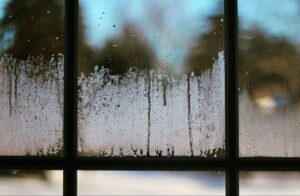Windows are not just openings in our homes; they are portals to the world outside, allowing light and fresh air to flow in. However, the type of glass used in windows can significantly impact our comfort, energy efficiency, and overall well-being. In this article, we will explore the various types of window glass, from traditional to advanced thermal insulation options, and understand how they influence our daily lives.
1. Regular Window Glass
Regular window glass, often referred to as “annealed glass,” is the standard type of glass used in most residential and commercial windows. It is created through the traditional glass manufacturing process and has been a staple for centuries. While it offers transparency and protection from the elements, it has limited insulation properties.
2. Tempered Glass
Tempered glass is designed to be stronger and safer than regular window glass. It undergoes a special heat treatment process that increases its strength and makes it shatter into small, harmless pieces when broken. This type of glass is commonly used in areas where safety is a concern, such as shower doors, glass railings, and automobile windows.
3. Laminated Glass
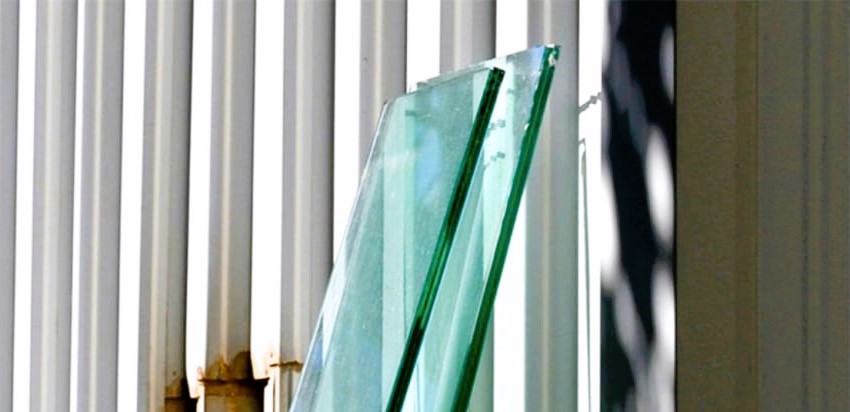
Laminated glass consists of two or more layers of glass bonded together with a layer of polyvinyl butyral (PVB) or ethylene-vinyl acetate (EVA) in between. This layer of plastic keeps the glass from shattering upon impact, making it an excellent choice for security and safety. Laminated glass is often used in car windshields, hurricane-resistant windows, and buildings where noise reduction is a priority.
4. Insulated Glass (Double-Glazed and Triple-Glazed)
Insulated glass, also known as double-glazed or triple-glazed glass, is a significant advancement in window technology. It consists of two or three panes of glass separated by a spacer filled with air or a low-conductivity gas like argon or krypton. The space between the panes acts as an insulator, reducing heat transfer and enhancing energy efficiency.
5. Low-E Glass
Low-emissivity (Low-E) glass is specially coated to minimize the amount of infrared and ultraviolet light that can pass through the glass while still allowing visible light to enter. This coating improves energy efficiency by reducing heat gain in the summer and heat loss in the winter. Low-E glass is commonly used in energy-efficient windows and doors. Do you like the article? Read also about Glass Care at Home: Tips and Recommendations.
6. Tinted Glass
Tinted glass has a special coloration added to reduce the amount of visible light and heat that enters a building. It is often used in regions with intense sunlight or where privacy is a concern. Tinted glass can come in various shades, from light gray to dark bronze, and provides glare reduction and UV protection.
7. Reflective Glass
Reflective glass, also known as “mirrored glass,” has a metallic or mirror-like coating on one side that reflects a significant portion of the incoming sunlight. It is commonly used in commercial buildings, where it reduces heat gain and creates a mirrored appearance from the outside while maintaining visibility from the inside.
8. Self-Cleaning Glass
Self-cleaning glass features a special coating that uses sunlight to break down and loosen dirt and organic materials on the surface. When it rains, the water sheets off the glass, taking the loosened dirt with it. This type of glass is low-maintenance and often used in hard-to-reach windows or in areas with high pollution levels.
9. Smart Glass
Smart glass, also known as switchable or dynamic glass, can change its properties in response to external stimuli such as electricity, heat, or light. It can switch from transparent to opaque, providing privacy and glare control. Smart glass is used in modern architectural designs, conference rooms, and residential windows with customizable tint levels.
10. Vacuum Insulated Glass (VIG)
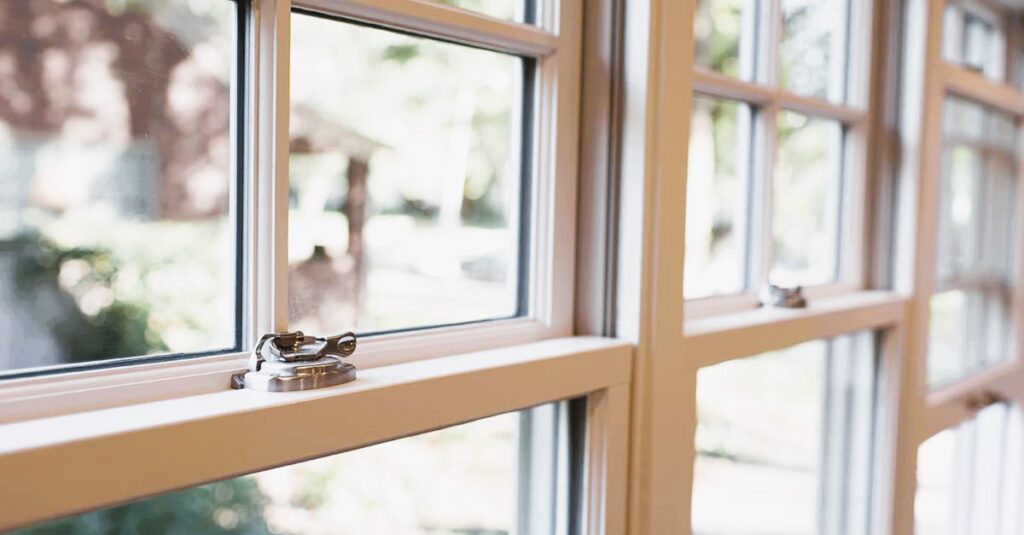
Vacuum insulated glass is a cutting-edge technology that uses a vacuum-sealed space between two panes of glass to virtually eliminate heat transfer. It offers exceptional thermal insulation and energy efficiency. VIG is still relatively new and is gradually gaining popularity in energy-conscious construction.
These various types of window glass cater to a wide range of needs, from safety and security to energy efficiency and aesthetics. The choice of glass depends on factors such as climate, location, architectural style, and personal preferences.
The standards for window glass in Canada are regulated to ensure the quality, safety, and energy performance of glass products used in buildings. For more information on glass standards in Canada, you can visit Glass Standards.
In conclusion, window glass has come a long way from its humble origins as a transparent material. Today, it serves as a dynamic component of building design, offering solutions for safety, energy efficiency, and comfort. As technology continues to advance, we can expect even more innovative types of window glass to emerge, shaping the way we interact with our surroundings and the world beyond our windows.

